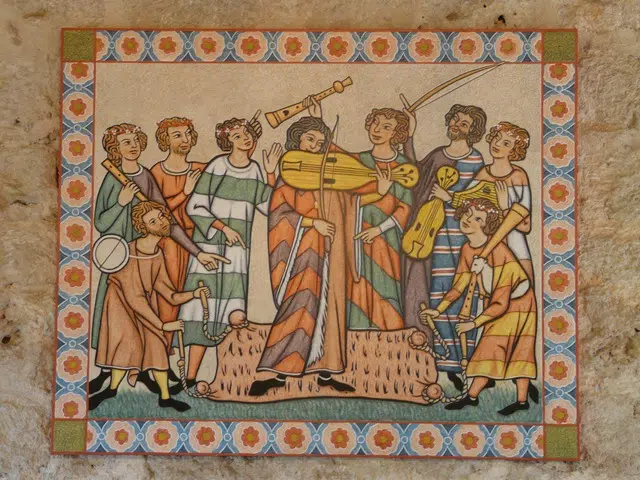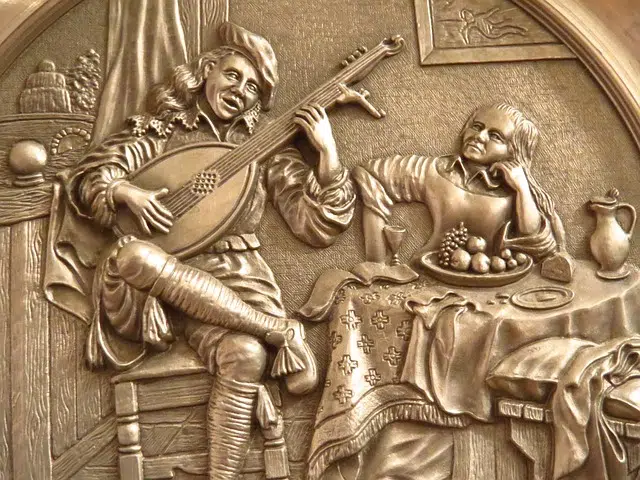
The minstrels contributed to the dissemination of epic songs.
The concept of epic poem is used to name a type of epic text that, in the Middle Ages , was used to narrate the adventures of a hero . These works allowed the representation and dissemination of the models of a culture or a people.
Songs of deeds are long poems that have a mythological or historical character as the protagonist. They generally have an extension of more than 2,000 verses , in some cases reaching up to 20,000 .
The role of the minstrels
In medieval times most people were illiterate. That is why the songs of deeds used to be transmitted orally by the minstrels . When the poem was very long, the minstrel divided the story and told it in more than one day.
Some epics even presented summaries of previous events in certain fragments. In this way they allowed the listeners to keep in mind the events that had been previously narrated, or even facilitated more people to join the recital in question.
Thanks to the copies that were made of these poems in manuscripts, which later became printed works , the epic songs reached the present day.
With respect to the minstrels, we must remember that they were the ones who disseminated works orally throughout the 11th and 12th centuries, and they did so precisely because of the aforementioned impossibility of reading and writing in society in general. The grouping of the songs was done in runs, whose length in verses varied, since a relationship was established between those that had the same assonance at the end of each verse, as well as their meaning.

Songs of deeds were very important for transmitting stories in the Middle Ages.
El Cantar de mio Cid, a famous song of deeds
El Cantar de mio Cid is among the most famous epic poems. This anonymous work, which was supposedly written in the year 1200 , presents the story of Rodrigo Díaz de Vivar , known as the Cid Campeador .
It is important to note that the Cantar de mio Cid is one of the few preserved on paper, along with the Cantar de las Mocedades and several verses from the Cantar de Roncesvalles . Taking as reference some fragments of incorrect prose in the chronicles, a group of philologists managed to reconstruct certain passages of the Castilian epic , although their work does not reflect the original works one hundred percent.
The Spanish medieval epic has a vitality that far surpasses that of the German and French, in addition to being the only one that survives orally in Spanish-speaking countries. Even today, in various towns in Latin America and Spain, various fragments of the songs of deeds are recited, which are transmitted from parents to children.
In the Cantar de mio Cid , a story is told in which true nobility triumphs, that which originates in optimism, merit and effort, over that of blood , represented by the infantes of Carrión.
Other historical examples
In the Mocedades de Rodrigo , which dates back to approximately 1360 and which makes it the latest song, some episodes from the life of the Cid are narrated, more precisely from his youth.
The verses of the Song of Roncesvalles , which number around a hundred, are the only written evidence in Spanish where the influence of the so-called matter of France or Carolingia can be seen, a set of legends that in France gave rise to the composition of the Song of Roland .
Precisely, the Song of Roland is one of the best known in France; It is believed that its creation took place around the latter part of the 11th century . "Beowulf" in English and the "Song of the Nibelungs" in German are also epic songs that are popular today.
